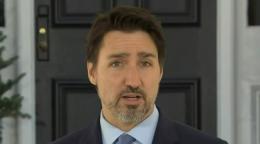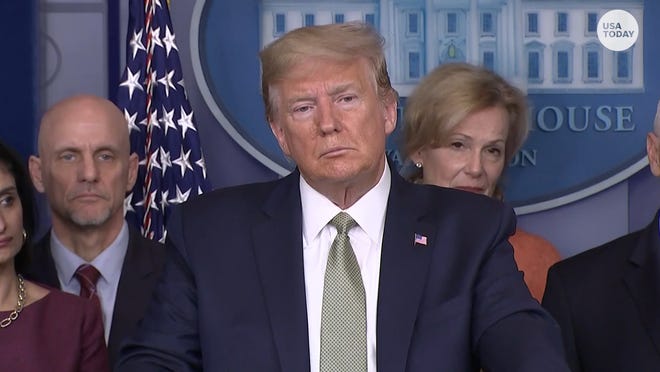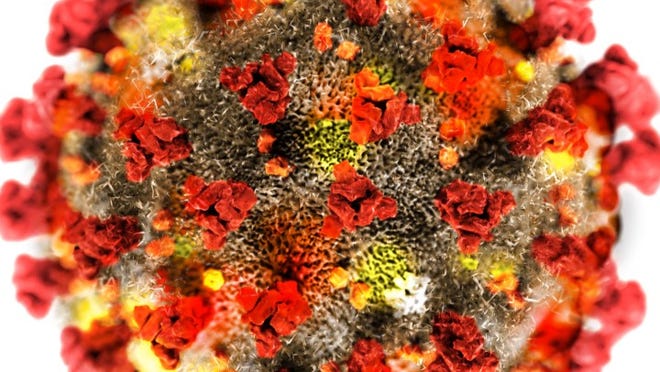Tim O'Donnell,The Week•March 22, 2020

The coronavirus pandemic should not be an excuse for the suspension of civil rights, Rep. Alexandria Ocasio-Cortez (D-N.Y.) said Sunday.
During an appearance on CNN's State of the Union, host Jake Tapper asked Ocasio-Cortez to respond to the emergency proposals submitted to Congress by the Justice Department, including one which would give Attorney General William Barr the power to ask chief district judges to pause court proceedings when the court is overwhelmed by an emergency like the ongoing pandemic.
That has set off some alarms because of what it could mean for habeas corpus, Politico reports. People have the constitutional right to appear before a judge after arrest and ask for a release, but there are fears the emergency proposal would allow the court to detain people indefinitely without trial during times of crisis.
Ocasio-Cortez told Tapper she finds the idea "abhorrent" and said there's a "long history" of governments using emergencies to strip away civil rights. She argued it's particularly important now to keep an eye out for increasingly authoritarian measures.
On #CNNSOTU @AOC tells @jaketapper it is "abhorrent" that DOJ proposed to Congress limiting the right to a speedy trial during the coronavirus crisishttps://t.co/S3Q8liJNMD
— State of the Union (@CNNSotu) March 22, 2020












